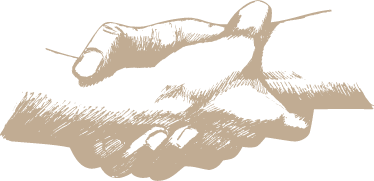TBI: Stages of Recovery
TBI rehabilitation can be divided into three distinct stages:
- Acute rehabilitation
- Inpatient rehab at a skilled facility
- Individual outpatient rehabilitation
Acute rehabilitation: This stage starts immediately after the patient’s injuries are stabilized when they are still in the hospital. If the patient is in a coma, therapists may begin stretching and massaging their arms and legs to prevent muscle tightness.
Inpatient rehabilitation at a skilled facility: Patients who are able to tolerate intensive therapy but not strong enough to return home may be transferred to an inpatient rehab center. At these facilities, patients will participate in unique therapy sessions aimed to address their specific needs. In most cases, patients will receive at least 3 hours of therapy throughout the day, five to seven days a week. These therapies may include speech, physical, and occupational.
At the inpatient facility, the patient’s care will be provided by a team of highly-trained medical professionals called the patient’s “rehab team.” The patient will work with their team every day in order to design the best program for their recovery. The members of their rehab team may include one or more of the following:
- Physiatrist: The physiatrist is a physician who specializes in rehabilitation medicine. In this role, they are in charge of the overall treatment plan and the rest of the patient’s rehab team.
- Physical therapist: The physical therapist is responsible for helping the patient restore normal muscle function in a safe, measured way.
- Occupational therapist: The occupational therapist’s goal is to help the patient regain their functional independence. Depending on the severity of their TBI, this form of therapy helps the patient relearn an activity or find creative ways for him/her to adapt.
- Speech pathologist: Speech therapists are in charge of treating communication problems/and or challenges. In many cases, this involves helping a patient regain their speech abilities and cognitive skills such as memory and word recall. In more serious cases, this therapy helps patients with their communicative muscle groups such as swallowing.
- Social worker: The social worker provides the patient or their families with information about community resources and disability benefits to help make the patients recovery and/or transition home easier.
Outpatient Rehabilitation: In order to ensure a successful recovery, patients must continue their therapy after they are discharged from either the hospital or inpatient facility. After the injury, the patient’s brain is in a malleable state, which means they need to make the most of this time. The more the patient practices their therapy, the better their chances at a full recovery. The best way to make the most of this time is to train at an outpatient rehab facility. At these facilities, the patient can do the same therapies conducted while they were at a hospital or inpatient facility.
Some of the most important therapies the patient should take part in include:
- Physical therapy
- Occupational therapy
- Speech therapy






